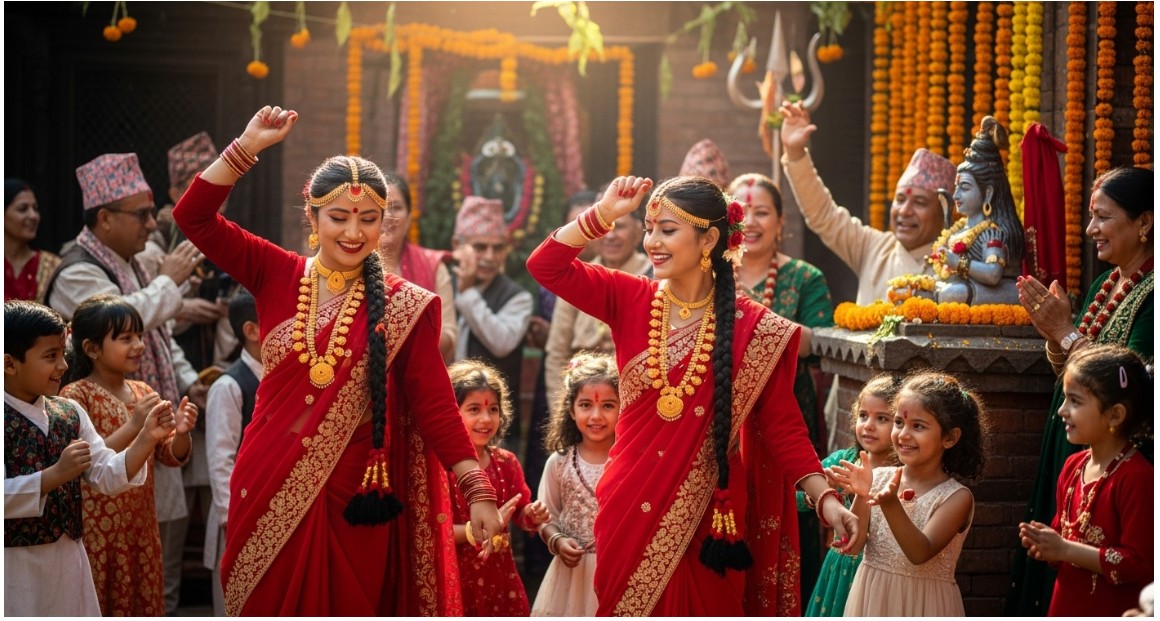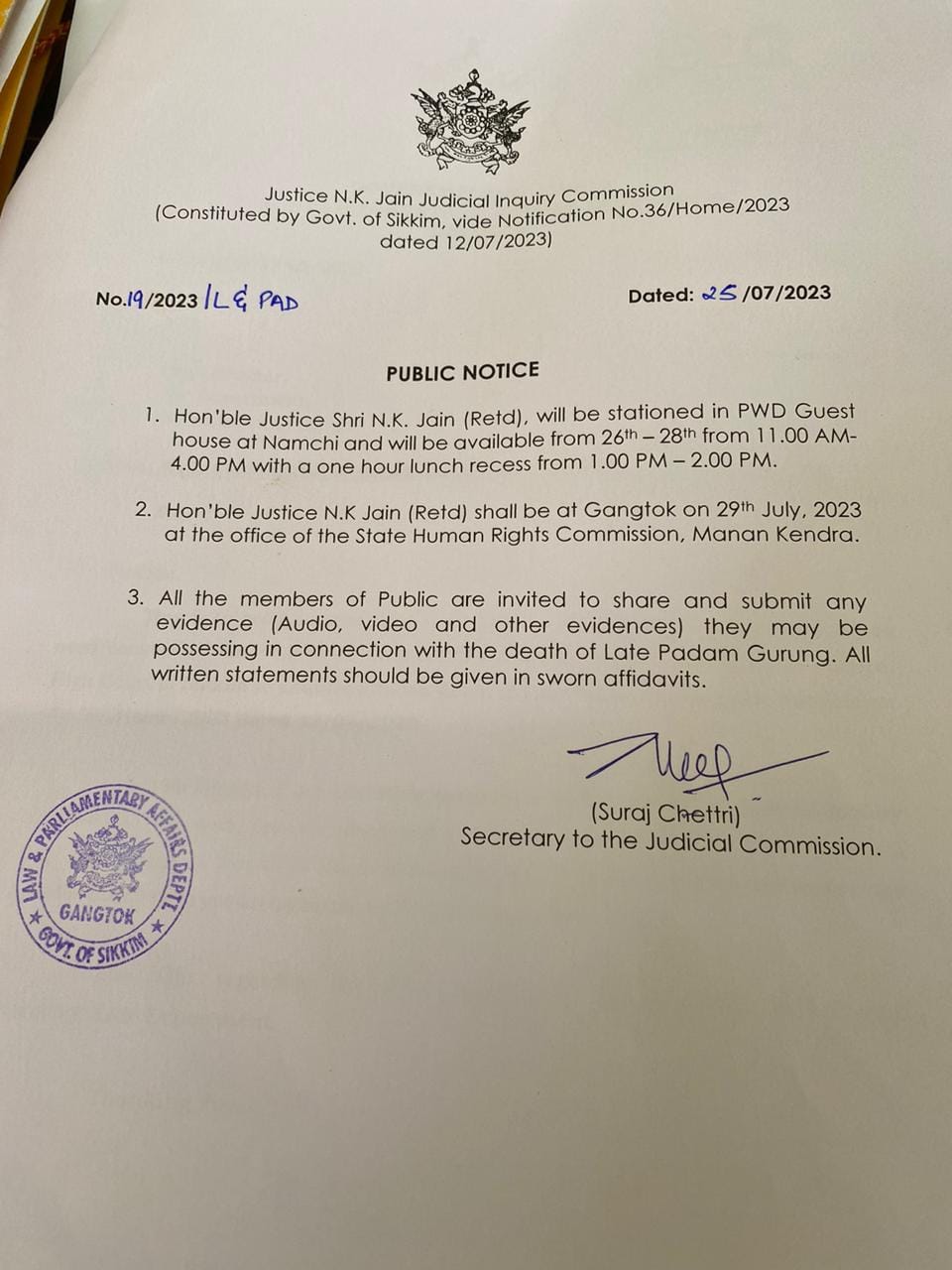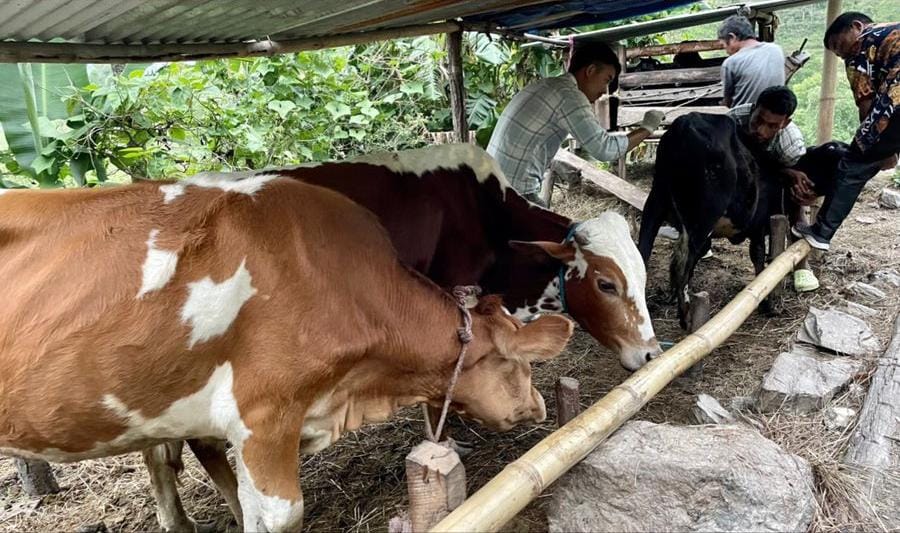
Pakyong, August 25: Today, on the day of Bhadra Shukla Tritiya, Hindu Nepali women across the world are celebrating the Haritalika Teej festival. Married women observe this festival for the long life, good health, and eternal fortune of their husbands, while unmarried women fast without food and water in the hope of finding a good husband.
Crowds of Devotees at Shiva Temples
This year, too, on the main day of Teej, a large crowd of female devotees has gathered since morning at Shiva temples. Dressed in red sarees, bangles, and jewelry, women are worshiping Lord Shiva and Goddess Parvati, singing hymns, and dancing at the temples. In the temple premises, women are sharing their joys and sorrows through songs, comforting each other, and having a good time.
A Special Three-Day Festival
The Teej festival, which began on Bhadra Shukla Dwitiya by eating ‘Dar,’ has become joyful today with the Haritalika fast. The festival concludes the day after with Ganesh Chaturthi, and then the next day with the worship of Sapta Rishi on Rishi Panchami. According to mythology, Goddess Parvati performed a rigorous penance to have Lord Shiva as her husband, and it is believed that her friends helped her in this endeavor. Based on this, the festival is called ‘Haritalika’ Teej.
The Social Significance of Teej

Besides its religious significance, Teej also has great social and cultural importance. It provides an opportunity to strengthen the bond between a woman and her maternal home. Sisters who have gone to another’s house gather at their parental home and express their life experiences, injustices, and rights through songs. It is also considered a medium for women’s empowerment.
The Influence and Challenges of Modernity
In recent times, the way Teej is celebrated has changed. Unlike the songs of sorrow and pain from the past, entertaining songs have become more popular. Additionally, there has been an increase in unnecessary extravagance and the display of expensive jewelry. Some people have expressed concern that these distortions, such as celebrating ‘pre-Teej’ in party palaces a month in advance, are overshadowing the originality and spiritual significance of the festival.
However, despite these challenges, Haritalika Teej has become a symbol of Nepali women’s self-respect, religious faith, and cultural identity. It continues to provide an important opportunity for sharing mutual goodwill and happiness in Nepali society.






